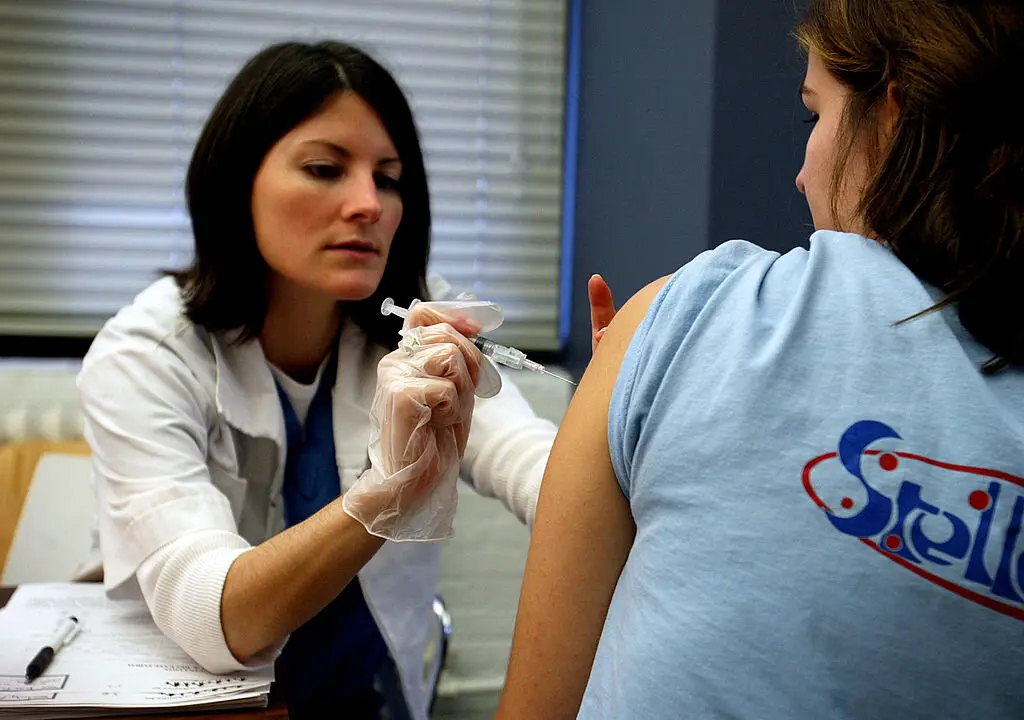Russia’s invasion of Ukraine has further disrupted global supply chains with automakers facing challenges like shortages of components and rising material costs, leading to an overall decline in availability of cars in international markets.
European carmakers Mercedes-Benz and Audi have announced plans to scale down production at their plants due to supply disruption of auto parts from Ukraine, especially wire harnesses.





